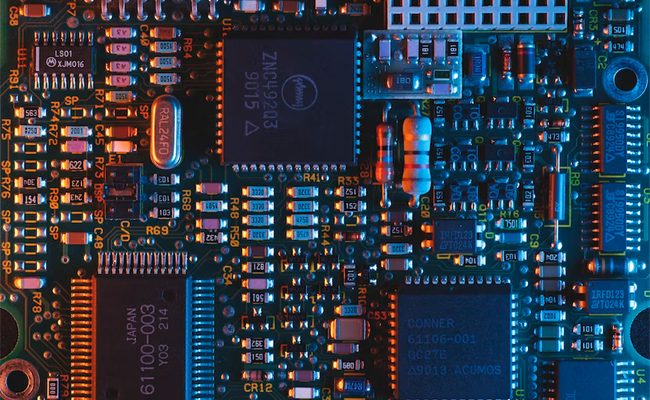
It’s a great time to be alive, especially if you are someone who is intrigued by electronics and home appliances. We have so many options in the world of electronics today that it’s easy to be confused and ecstatic at the same time. But here’s the thing, no matter what kind of electronic appliance you’re buying, the main challenge for you is going to be ensuring it lasts long enough to be worth the money you paid for it.
You have probably noticed that your electronic appliances don’t last as long as they used to. You have probably also noticed that you’re not the only one this is happening to. Quantum Life Cycle writes that when they were first manufactured, manufacturers expected their electronics to last 40 years. By 1990 this was halved, and today, most last 1.5-13 years, with most averaging at 4.5 years.
This can be frustrating as a consumer, but there are steps we can take to minimize the wear and tear. In this post, we’ll cover four such steps that will help increase your device’s longevity and hopefully keep it working for years to come.
Let Your Appliances Rest Intermittently
It’s important to give your electronic appliances a rest every now and then. This is especially true for ones that are used often. Just like humans, electronics need time to ‘chill’ every now and then. Here, ‘chill’ refers to the literal need for your device to cool down.
The more you use a device, the more it heats up. The additional energy that is not used turns into heat and accelerates the wear and tear process. The only way to tackle this problem is to stop using your device intermittently, whether it’s a computer or an air conditioner.
Carnegie Mellon University suggests that although many electronic devices are designed to withstand temperatures as high as 176 degrees Fahrenheit, you should keep them in environments no hotter than 95 degrees Fahrenheit.
For rechargeable devices, a simple way to manage this is not charging them all the way so there is no excess energy build-up during charging which turns into heat. For devices that are plugged in, like your fridge or AC, you can install a smart plug and turn them on and off remotely.
Follow The Proper Protocol For Using Appliances
At this point in human civilization, most of us have been using electronic appliances all our lives. Therefore we often make the mistake of thinking that we know all we need to as consumers. But as mentioned, that is a mistake. Electronics are delicate, and when we use them incorrectly, we speed up their wear and tear.
A dangerous mistake some people make is trying to use a three-pronged plug like a two-pronged one by using some workaround. You not only risk damaging the equipment but also electrocution by doing so. Another common mistake is using extension cords for appliances, like refrigerators, that need to be plugged in constantly.
GE appliances advise against using an extension cord for a refrigeration appliance. But if it has to be used, they recommend using a 3-wire grounding extension cord with the current carry rating of the cord being a minimum of 15 amps.
We make mistakes like these all the time but usually don’t see the result outright. Just to be on the safe side, it is wise to glance over the manual that comes with an appliance before using it.
Consult A Trusted Mechanic If Their Is Any trouble
We often damage our electronics by holding out on repairs. But the more you delay it, the worse the situation gets. If your device is having an issue, get it checked out by a mechanic as soon as you can. But don’t just go for anyone who would do it for less money. Consult a trusted mechanic who has the experience and knows what they are doing.
If you don’t know any mechanics personally, ask around online. There are many repair services available today that primarily operate online. Beehive Heating and Air is one such service that specializes in HVAC (Heating Ventilation and Air Conditioning). They operate out of Salt Lake City and can provide experienced mechanics quickly to help customers with everything, from repair to installation.
You can check to see such service providers in your locality and ask for help from them.
Protect Your Electronics From Power Surges
Power surges are one of the biggest causes of electronic malfunctions. A power surge is what the name suggests. It is a sudden increase in voltage that can damage your devices by causing them to overheat or even fry their circuits in the worst cases.
Lightning strikes, electrical equipment failing, and loose power lines are the most common cause of power surges. ABC Home and Commercial report that around 60-80% of power surges come from inside the house. You need to fix your old or faulty wiring to make sure it does not happen.
You can also use a surge protector. You can use plug-in Surge Protection Devices (SPD) that will protect your smaller appliances like a laptop or a TV. Or you can also go for a Whole-Home Surge Suppressor, which will protect your entire house. These devices can protect larger appliances like an AC or a washing machine that the plug-in SPD can’t.
Just like with anything else, you need to treat your appliances with care to keep them healthy. We hope that this article will help in some way to increase the longevity of your electronics.
Leave a Reply